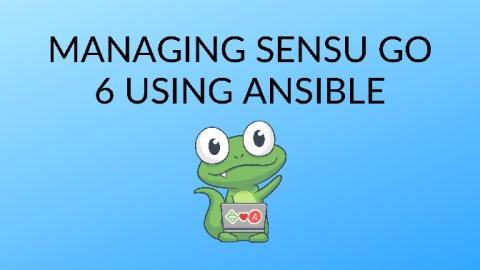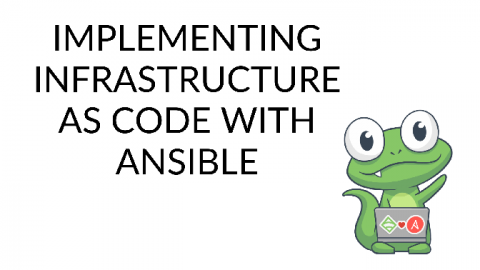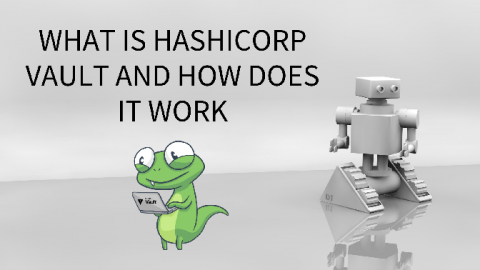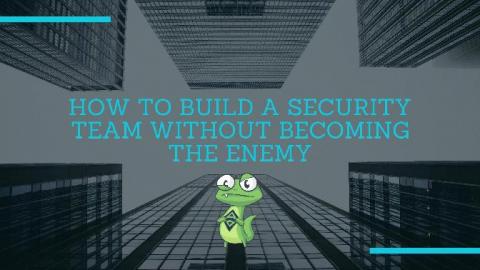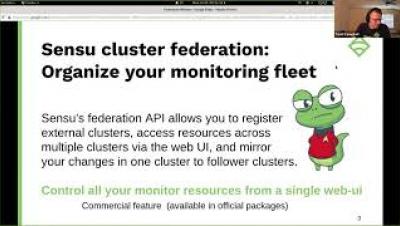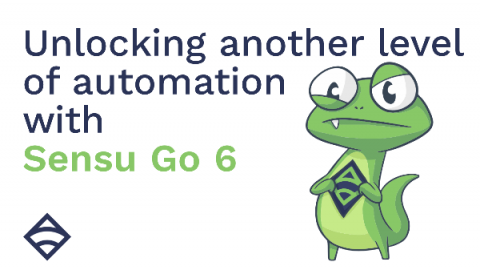Managing Sensu Go 6 using Ansible
Earlier this year, we shared the certified Ansible Collection for Sensu Go, which makes it easy to automate your monitoring and achieve real-time visibility into auto-scaling infrastructure. Now that Sensu Go 6 has been released, we’ll share the latest updates on the Collection, including the management aspects of Sensu Go 6, with a focus on the structure of Ansible playbooks in the Sensu Go 6 world.


